
The black-legged crested pheasant is known as Penelope obscura or Dusky-legged Guan. Most of the time they live in pairs or in groups of 6-12. They walk on branches, looking for fruits and leaves to eat. A bird's nest is built on a tree or stump with branches and leaves. The female will lay two...
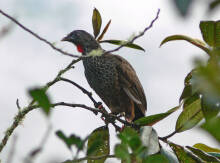
The Andean crested pheasant is known by its scientific name Penelope montagnii and foreign name Andean Guan. Most of the time they live in pairs or in groups of 6-12. They walk on branches, looking for fruits and leaves to eat. A bird's nest is built on a tree or stump with branches and leaves....
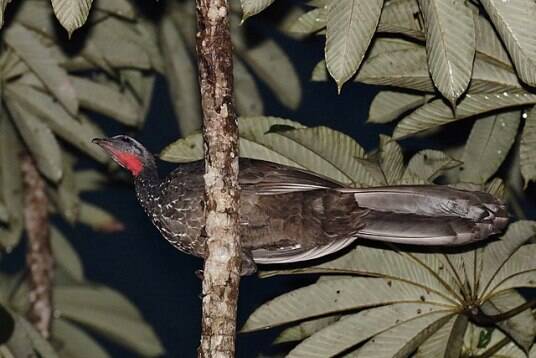
The green-backed crested pheasant (Penelopemarais), also known as Marail Guan, likes to live in large groups. Most of the time they live in pairs or in groups of 6-12. They walk on branches, looking for fruits and leaves to eat. A bird's nest is built on a tree or stump with branches and leaves....
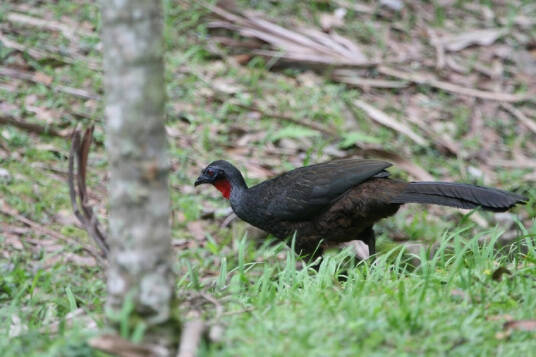
It is also known as White-browed Guan or Penelope jacucaca. Likes to live in groups. Most of the time they live in pairs or in groups of 6-12. They walk on branches, looking for fruits and leaves to eat. A bird's nest is built on a tree or stump with branches and leaves. The female will lay two...
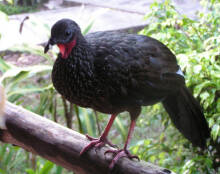
Spix crested pheasant (scientific name: Penelope jacquacu) There are 4 subspecies of S. Guan.Spex Crested pheasants like to live in groups. Most of the time they live in pairs or in groups of 6-12. They walk on branches, looking for fruits and leaves to eat. It feeds mainly on the fruits of the uppe...
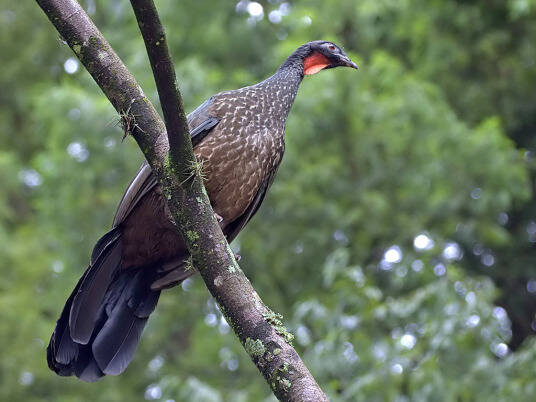
The Red-faced crested pheasant (Penelope dabbenei) is a gregarious pheasant. Most of the time they live in pairs or in groups of 6-12. They walk on branches, looking for fruits and leaves to eat. A bird's nest is built on a tree or stump with branches and leaves. The female will lay two to three...

The Bearded pheasant, whose scientific name is Penelope barbata, Bearded Guan, lives in large groups. Most of the time they live in pairs or in groups of 6-12. They walk on branches, looking for fruits and leaves to eat. A bird's nest is built on a tree or stump with branches and leaves. The fem...
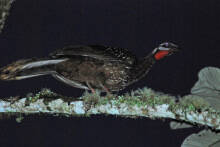
The pheasant's scientific name is Penelope argyrotis, and its foreign name is Band-tailed Guan. Most of the time they live in pairs or in groups of 6-12. They walk on branches, looking for fruits and leaves to eat. A bird's nest is built on a tree or stump with branches and leaves. The femal...
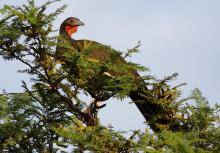
The white-winged crested pheasant (Penelope albipennis), also known as the white-winged officer bird, is a type of crested pheasant.White-winged crested pheasants like to live in groups. Most of the time they live in pairs or in groups of 6-12. They walk on branches, looking for fruits and leaves to...
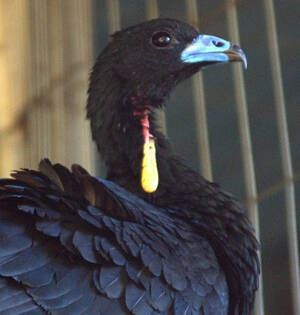
Its scientific name is Aburria aburri, its foreign name is Wattled Guan, and its specific habit is unknown.Listed on the International Union for Conservation of Nature (IUCN) 2016 Red List of Threatened Species ver 3.1 - Near Threatened (NT).Protect wild animals and eliminate wild meat.Maintaining e...
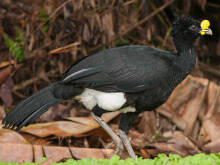
The Great Curassow (Crax rubra) has two subspecies. The Great Crested pheasant is mixed with the blue-billed pheasant and the black pheasant.The Great Crested pheasant lives in tropical and subtropical forest areas. In pairs or small groups, mainly active in trees, occasionally below the ground, diu...
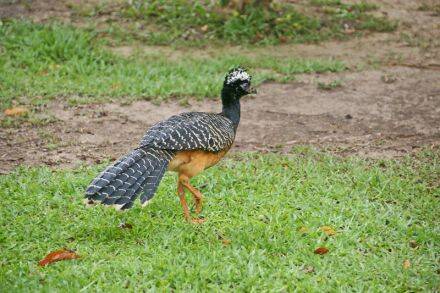
Crax pinima, also known as Belem Curassow, was once a subspecies of bare-faced crested pheasant, but was classified as a separate species in 2014. Half the size of the bare-faced crested pheasant, the female is paler, with darker, narrower markings. Specific habits are unknown.Listed on the Internat...
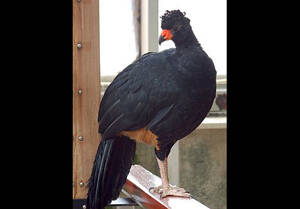
It is known as Crax globulosa and Wattled Curassow. Specific habits are unknown.Listed in Appendices I, II and III of the Convention on International Trade in Endangered Species of Wild Fauna and Flora (CITES) 2019 edition Appendix III.Protect wild animals and eliminate wild meat.Maintaining ecologi...
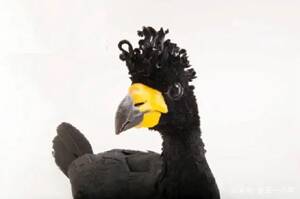
Crax daubentoni feeds primarily on the ground and flies up into trees when threatened. An animal that eats fruits, leaves, seeds, and small particles. They build nests on the ground, both male and female, and the female lays two eggs at a time.Listed on the International Union for Conservation of Na...
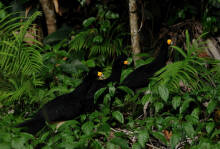
The Black Curassow (Crax alector) spends much of its day on the ground in search of insects, fruit and other plant matter.Listed on the International Union for Conservation of Nature (IUCN) 2016 Red List of Threatened Species ver 3.1 - Vulnerable (VU).Protect wild animals and eliminate wild meat.Mai...

The blue-billed pheasant (Crax alberti) is a species of pheasant endemic to Colombia.Blue-billed crested pheasants like to eat seeds, fruits and fruits of various plants, and occasionally eat insects and small vertebrates such as lizards.The male bird of the blue-billed crested pheasant is the leade...
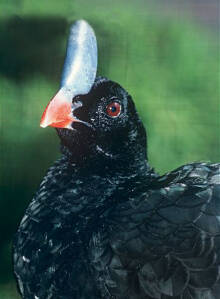
The Horned Curassow (Pauxi unicornis) was once divided into two subspecies, the named subspecies and the Peruvian subspecies. In 2014, the Peruvian subspecies was recognized as a separate species, the Peruvian Helmeted Pheasant. The difference between the two is that the Peruvian Helmeted pheasant i...

The common crested pheasant (Pauxi pauxi) is known by its foreign name Helmeted Curassow.Listed on the International Union for Conservation of Nature (IUCN) 2016 Red List of Threatened Species ver 3.1 - Endangered (EN).Protect wild animals and eliminate wild meat.Maintaining ecological balance is ev...